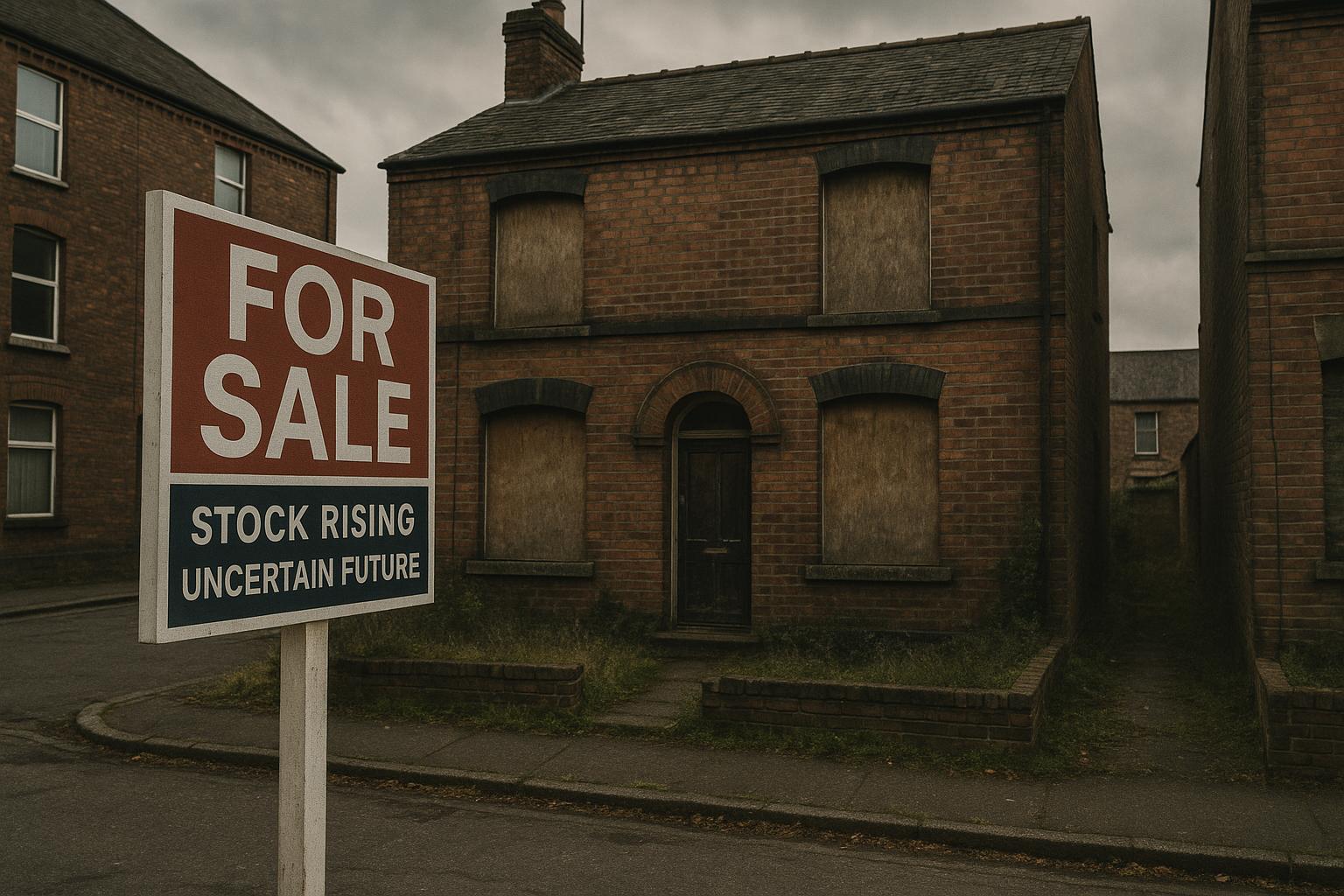The latest data from Rightmove reveals a subdued autumn in the UK housing market, with the usual seasonal uplift in seller asking prices notably muted this October. The average price of newly listed properties in Britain rose by just 0.3%, or £1,165, reaching £371,422. This increment falls well short of the 10-year average October bounce of around 1.1%, indicating that despite typical seasonal trends, market conditions are constraining sellers’ ability to push prices higher.
Rightmove attributes this slower price rise to a higher volume of properties available for sale, which reached a decade-high level of choice for buyers. This abundance of supply has diluted sellers’ pricing power, forcing many who are serious about selling to moderate their price expectations. Colleen Babcock, a property expert at Rightmove, explained that while the market has shown resilience overall in 2025, it lacks the momentum and positive sentiment usually seen in autumn to fuel a stronger price bounce. Additionally, speculation around potential tax hikes in the forthcoming Budget has caused some prospective movers, particularly in the south of England and in the higher-end market, to adopt a ‘wait and see’ approach.
This market caution is especially evident in London and southern England, where average asking prices have fallen annually by 1.4%, dragging down the national average. These declines are compounded by the higher stamp duty rates introduced in England in April, which continue to weigh on the southern regions’ market activity. Data from the UK House Price Index for October 2023 corroborates this trend, showing a 3.1% monthly price fall in London and a 3.6% annual decline, reflecting the capital’s lowest price growth rates in the country.
Mortgage dynamics play a crucial role in this environment. Rightmove’s mortgage expert, Matt Smith, noted that average mortgage rates, particularly two-year fixed rates, have decreased compared to last year, with some rates falling below 6% for the first time since mid-2023. This reduction in mortgage costs, combined with flat house prices and eased lending criteria, should, in theory, improve buyer affordability. However, many potential buyers remain cautious, partly due to inflationary pressures and the looming autumn Budget, which is expected to clarify economic policies and possible taxation changes affecting property purchase and ownership costs.
Estate agents in London, such as Marc von Grundherr of Benham and Reeves, observe that while initial buyer interest remains strong, fewer are committing to purchases, particularly international buyers. Though mortgage rates have somewhat stabilised, the high inflation environment is delaying further cuts, leaving buyers hesitant. Von Grundherr anticipates that once the uncertainties tied to the Budget announcement subside, the London market is likely to gather momentum once more, following historical patterns where the capital tends to outperform the rest of the country when confidence returns.
Despite the general market sluggishness, certain buyer segments are showing sustained motivation. James Nightingall, founder of HomeFinder AI, pointed out that first-time buyers continue to display a level of activity akin to last year’s October, often aiming to complete property moves by the end of the year. This demographic’s determination contrasts with the broader market’s more cautious stance.
In summary, the UK housing market heading into late 2024 is characterised by a cautious but resilient mood. Sellers face challenges due to increased supply and subdued buyer urgency, exacerbated by uncertainty over tax policies and inflation. At the same time, improved mortgage affordability and pockets of buyer demand hint at potential for recovery once clarity on economic policy is provided in the upcoming Budget. Market watchers remain hopeful that once current apprehensions clear, the typical autumn uplift may finally materialise, restoring some momentum to house prices and transactions across the country.
📌 Reference Map:
- Paragraph 1 – [1], [4], [6]
- Paragraph 2 – [1], [4], [6]
- Paragraph 3 – [1], [3], [5]
- Paragraph 4 – [1], [2], [7]
- Paragraph 5 – [1], [6], [7]
- Paragraph 6 – [1]
- Paragraph 7 – [1]
Source: Noah Wire Services
